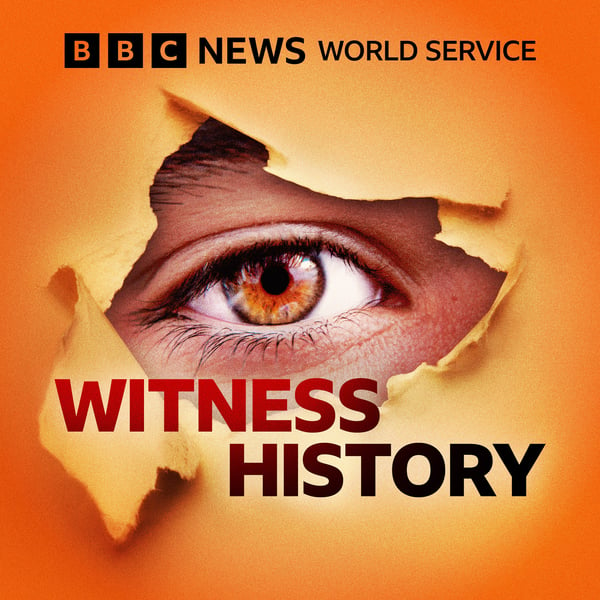Theodosia Okoh: Designer of Ghana’s flag
Witness History
BBC
4.4 • 1.6K Ratings
🗓️ 11 October 2023
⏱️ 10 minutes
🧾️ Download transcript
Summary
Transcript
Click on a timestamp to play from that location
| 0:00.0 | Hello and welcome to the Witness History Podcast from the BBC World Service, with me, |
| 0:10.3 | Rina Stanton Sharma. We're going back to Ghana in March 1957, which was the first country |
| 0:17.9 | in Sub-Saharan Africa to gain independence. A new flag representing a modern era was unveiled, |
| 0:25.3 | marking a fresh start for the former colony known as the Gold Coast. |
| 0:35.4 | The flag had been designed to commemorate the independence of Ghana. It was to Asha in |
| 0:43.3 | the New Ghana. It was a Ghana movement rather than my mother's movement. Everybody in Ghana |
| 0:49.5 | was excited. Happy, a lot of jubilation. The political vehicles were blaring their last |
| 0:56.0 | speakers announcing the independence. So for us it was a great time to be young because you |
| 1:04.5 | join in a fun jumping about and have a good time. This euphoria lasted a long time. |
| 1:11.6 | That's quasi-occa, a young boy at the time of independence. The euphoria was particularly |
| 1:18.1 | felt at home because his mum, the Adosia Okor, was the woman behind the design of the Ghanaian flag. |
| 1:26.0 | She was an artist and former teacher and won a government competition for a new emblem |
| 1:31.3 | which would signify the end of British rule. It replaced the symbol of an elephant in circled |
| 1:37.9 | in front of a palm tree below the Union Jack. President Kwame in Krumah led the West African |
| 1:45.5 | country to independence. Ghana, your beloved country is free forever. |
| 1:54.7 | We must change our attitudes, our minds. We must realize that from now on you are no more |
| 2:01.6 | a colonial, better free and independent people. She wanted to portray the fight that had gone on |
| 2:10.5 | in getting independence. A few people had lost their lives in the struggle. So the red was really |
| 2:16.4 | to represent the blood of the heroes who had fought to get independence. And in this area we have |
| 2:23.6 | a lot of gold and gold was our main wealth. So she used the gold to represent the wealth |
| 2:32.4 | that we had at the time and still doing it in a way. And of course over here we're very agriculture. |
| 2:40.2 | They're one of the biggest producers of cocoa for export into the world. And our farmers were |
... |
Please login to see the full transcript.
Disclaimer: The podcast and artwork embedded on this page are from BBC, and are the property of its owner and not affiliated with or endorsed by Tapesearch.
Generated transcripts are the property of BBC and are distributed freely under the Fair Use doctrine. Transcripts generated by Tapesearch are not guaranteed to be accurate.
Copyright © Tapesearch 2025.

